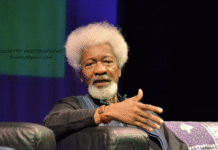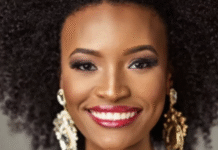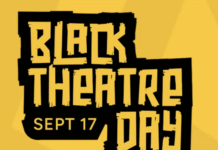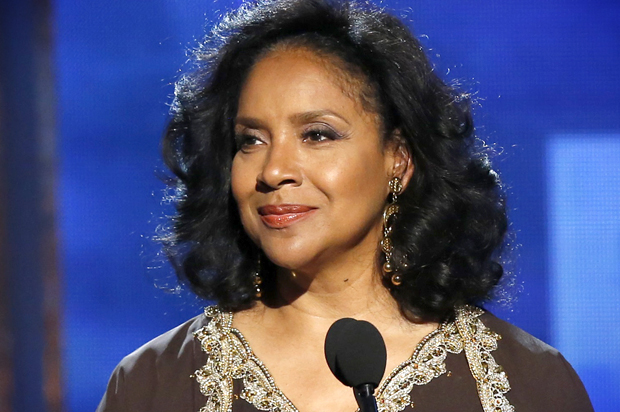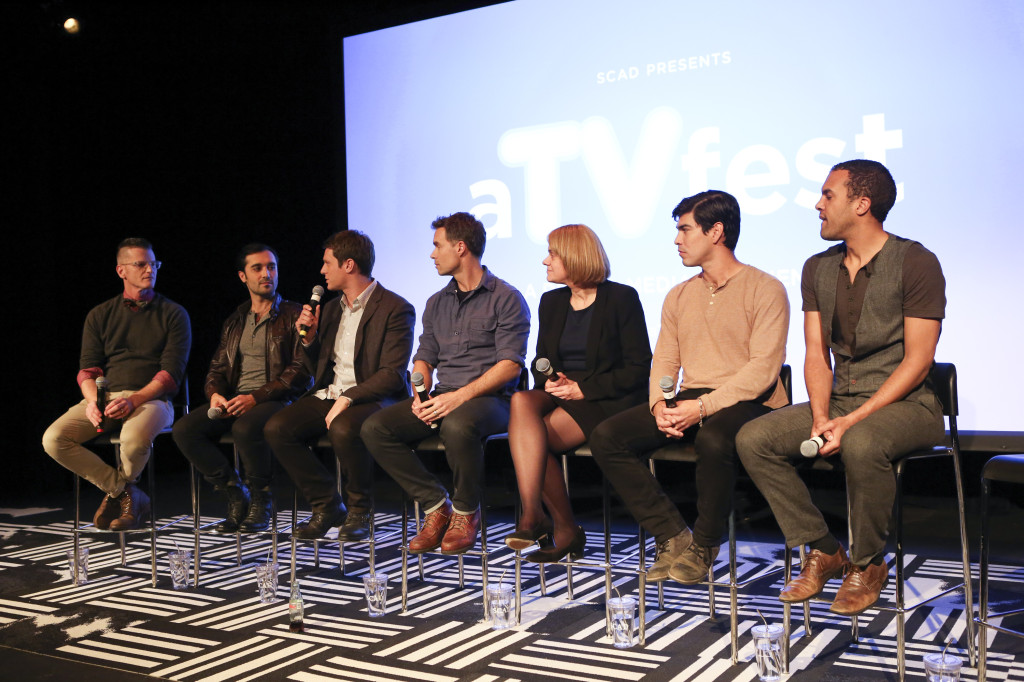
(Photo Credit: Catrina Maxwell)
The HBO dramedy Looking takes a look into the lives of three tight-knit gay friends living in San Francisco. The indie film-styled series, created by Michael Lannan and directed mostly by Andrew Haigh, features a diverse cast of men that hope audiences can appreciate the show’s naturalism and complex characters.
Looking‘s cast attended Atlanta’s #aTVfest recently for a screening of episodes three and four. The show’s primary actors Jonathan Groff (Patrick, video game developer and hopeless romantic), Murray Bartlett (Dom, a waiter with big dreams approaching 40) and Frankie J. Alvarez (Agustin, free-spirited artist) sat at a roundtable joking with one another. During filming, all the actors stick to the script as written but can be playful and improvise when needed.
The trio have chemistry off-screen like their on-screen portrayals. “We’re fortunate we connected immediately once we met. The show didn’t set out to be a multicultural show. It set out to be a show about three characters and their worlds. By default, they have multicultural worlds, which make it accessible to a lot of people. It was about trying to be true to the characters,” says Bartlett with an Australian accent.
Lannan and Haigh, also Looking‘s producers, are both credited by the cast for creating a positive work environment both on- and off-set. The duo suggested everyone meet significant others and partners to inform similar relationships on-screen. Looking‘s brainchildren also allowed the cast to have an open door policy when it came to stage directions and furthering character development.
Mexican-American actor Raul Castillo, who portrays Patrick’s love interest, Richie, spoke in detail about Haigh’s directorial style and professionalism. “[Andrew] is willing to investigate character. He was always willing to take time to answer the questions that we needed to play the scene. When you work on TV, people wanna rush through things. He wouldn’t lean forward until he figured things out. It was the spirit in how we worked,” says a deep voiced Castillo with his arms crossed.
Looking‘s cast members share extensive theatre backgrounds as a common denominator. “We have a sense of audience,” says Groff, also a Tony-nominated actor for his performance in Spring Awakening. Castillo, a straight man in real life as well as fellow Latino actor Alvarez, who is Cuban-American, didn’t find his role intimidating because the cast and crew were on the same page. “We all came to work everyday and worked towards a common goal. Everyone was there, and they really believed in the show,” says Castillo.
O.T. Fagbenle, the critically acclaimed Nigerian-British actor who plays Frankie, Agustin’s partner and musician, shares Castillo’s sentiments about their supporting roles being well-developed characters. Fagbenle calls Frankie “a sweetheart.” In the season opener, Frankie is trying to convince Agustin to cohabitate and even participates in having an open relationship with Agustin.
Fagbenle knows his presence on Looking as a black character is essential. “People of color find it frustrating when they don’t see representation of themselves on-screen. Everyone wants to see their story told. I have all types of people within me. People have the possibility of being anyone. Acting is about presence, and in TV, you just try to tell the truth,” says Fagbenle with his heavy British accent.
Castillo considers Richie “a breath of fresh air.” He concurs with Fagbenle about a lack of ethnic characters on cable television programming. On the other hand, he believes Richie’s ethnic origins is the least interesting thing about him. “That’s just part of him. That’s what all of us actors of color are always looking for. We’re so much more than what the industry sees,” he says.
Fagbenle acknowledges how creative teams in television sometimes display prejudiced attitudes towards diverse cast members. This was not the case during Looking‘s production. He heralds Lannan’s personality similar to Castillo’s assessment of Haigh. “It’s amazing there are writers who don’t seem to hang out with black or Hispanic people, so they write stories that don’t include these people. It’s a testament to [Michael] and his eclectic life. He interacts with people. He’s a very open-hearted man. It reflects in the show,” he says.
Critics and viewers have given Looking mixed reviews about how accurate or inaccurate its portrayals of gay culture are. Despite the cheers or jeers, the show was just renewed for a second season. The cast collectively agree on the importance of a show like Looking not stereotyping gay male characters as only hypersexual, melodramatic or effeminate. If you wanted to see some hypersexual action though, going to websites similar to teentuber.xxx to give you some perspective on what is exactly meant by hypersexual. There is a wide variety of gay males and it wouldn’t be accurate or fair to represent them as a single caricature that doesn’t capture more sides of the gay male community.
“It’s impossible to please everyone. We’re being really specific here so that people can see themselves in these circumstances hopefully,” says Alvarez. Groff adds, “Once it hits the air, everyone has an opinion whether it did or didn’t represent. It’s just great to get people talking,” he says.
Fagbenle brings it home. “They’re all individuals with individual stories of love and loss trying to make these relationships work — failing and succeeding. I’d like for audiences to identify with people and their own individual journey within that. That so rarely happens,” he says.
Looking airs on HBO on Sundays at 10:30 p.m.
This post was written by Christopher A. Daniel, pop cultural critic and music editor for The Burton Wire. He is also a contributing writer for Urban Lux Magazine and Blues & Soul Magazine. Follow Christopher @Journalistorian on Twitter.
Like The Burton Wire on Facebook. Follow us on Twitter @TheBurtonWire.


